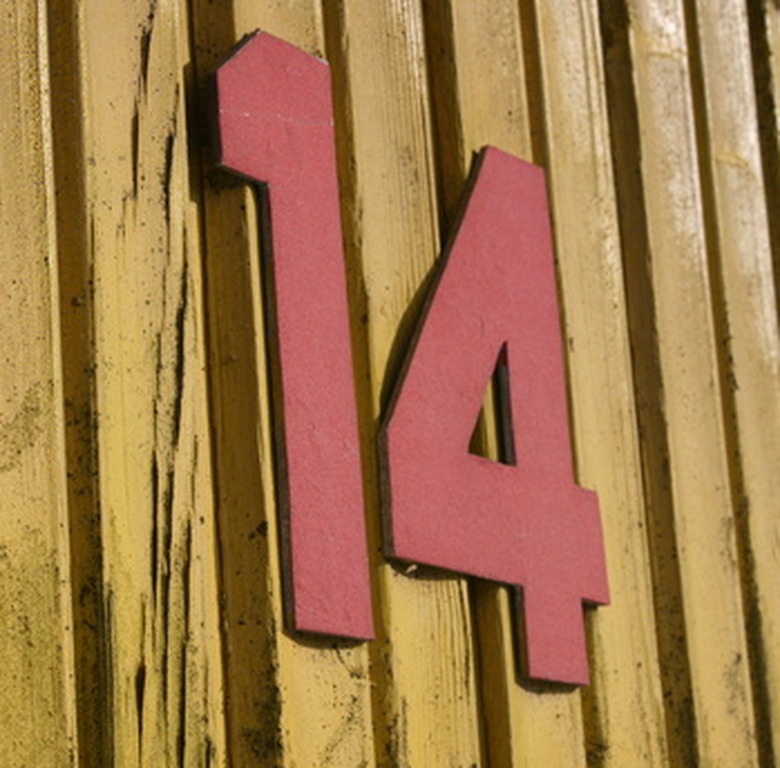What Are Base 10 Blocks?
The base 10, or decimal system, is the most widely used numerical system in the world. In this system, decimal and fractional values are assigned based on the numbers one through 10. Base 10 blocks are common mathematical manipulatives that help children in elementary school visualize the base 10 system while working on basic and advanced math lessons.
About
About
Base 10 blocks are mathematical manipulatives with three primary components. The first component is the single cube or square, of which there are nine. These small blocks represent the ones column of a mathematical figure. The second component is a row made of 10 cubes or squares joined together. There are also nine of these, and each represents the tens column in a figure. Finally, there is a cube made up of 100 small cubes, or 10 rows of cubes, which represents the hundreds column. For instance, the number 234 would be represented by two large hundreds cubes, three small tens rows and four single ones blocks.
Materials
Materials
Base 10 blocks are available as three- and two-dimensional objects, as well as virtually. Three-dimensional base 10 blocks are generally made of a raw wood or plastic. Some types of three-dimensional base 10 blocks are made with pegs so they can attach to one another, allowing students to build their own rows and large cubes. Two-dimensional blocks are available in worksheet form, which students can then cut out or color according to mathematical exercises. Additionally, there are computer programs and websites that provide free interactive base 10 blocks and activities for students and teachers.
Activities
Activities
Base 10 blocks can be used for beginner and advanced learning, as the blocks can represent both whole numbers and fractions or decimals. For instance, children learning counting in early elementary programs can use the blocks to count on and understand the relationship of the numbers in a base 10 system. The blocks can also be used to help compute basic addition and subtraction problems. More advanced learners can use the blocks to add and subtract fractions and decimals, while visualizing the representation of the fraction to the whole.
Benefits
Benefits
Base 10 blocks, like most mathematical manipulatives, help children understand mathematical concepts by making abstract concepts physical. Using base 10 blocks for early elementary education helps children quickly develop counting skills, providing a strong foundation for advanced mathematics. Additionally, using base 10 blocks and other math manipulatives helps students develop problem-solving skills and promotes working in groups, which can be beneficial in all areas of study.
Cite This Article
MLA
Ivanov, Tatyana. "What Are Base 10 Blocks?" sciencing.com, https://www.sciencing.com/base-10-blocks-8334718/. 24 April 2017.
APA
Ivanov, Tatyana. (2017, April 24). What Are Base 10 Blocks?. sciencing.com. Retrieved from https://www.sciencing.com/base-10-blocks-8334718/
Chicago
Ivanov, Tatyana. What Are Base 10 Blocks? last modified March 24, 2022. https://www.sciencing.com/base-10-blocks-8334718/
